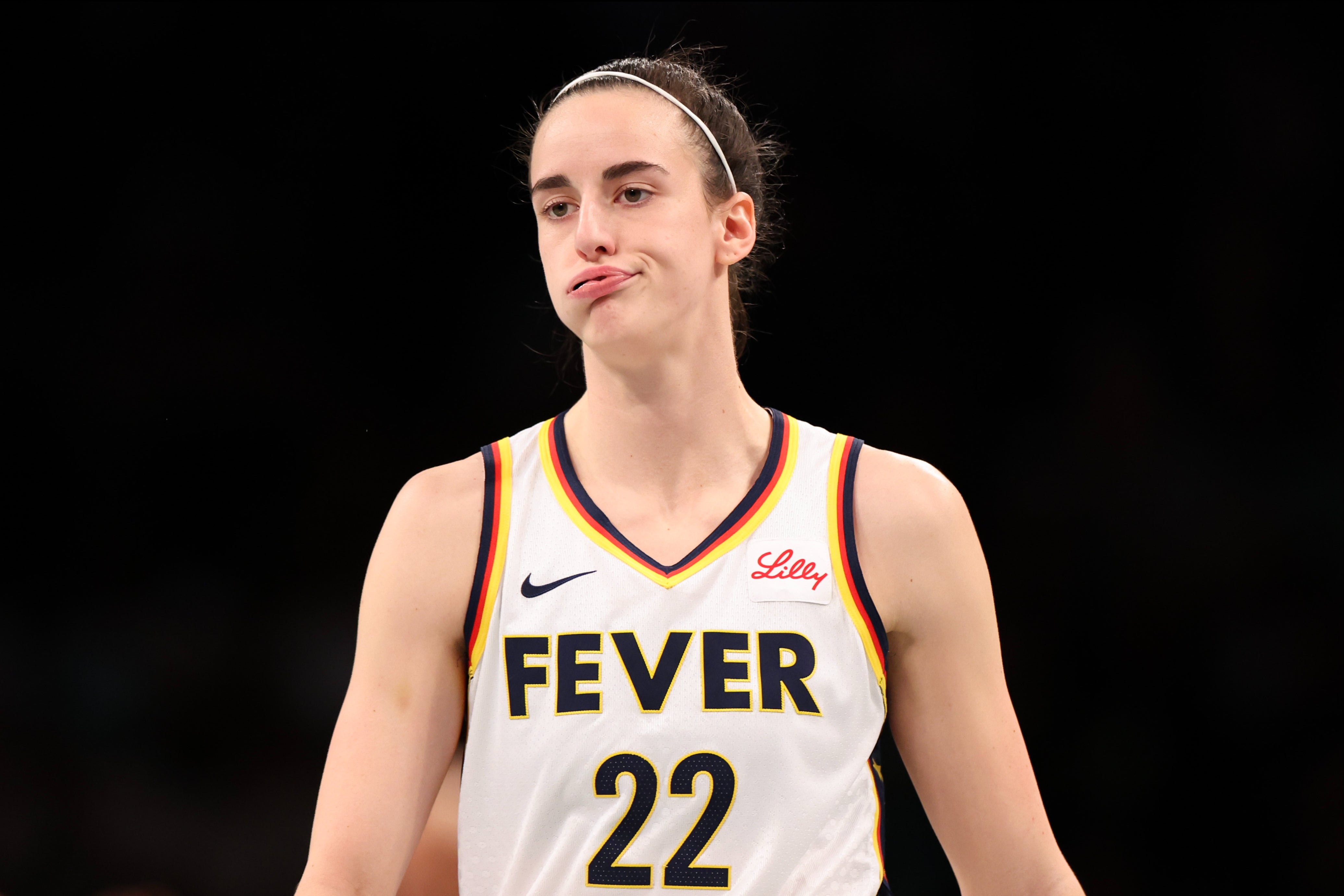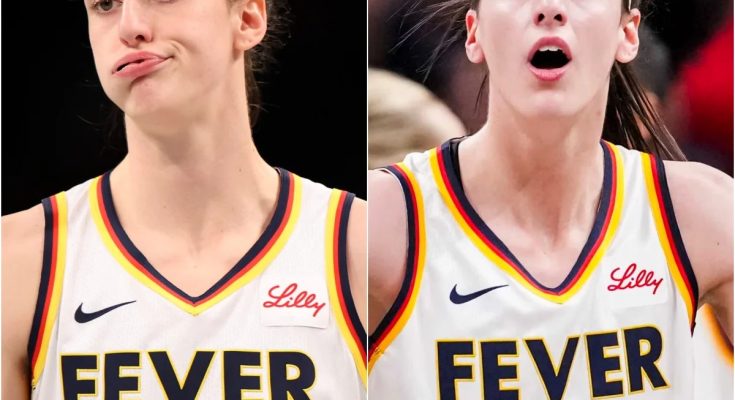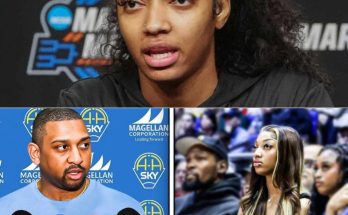In a game that was supposed to be a celebration of skill and competition, Monday night’s WNBA clash between the Indiana Fever and the Connecticut Sun erupted into a spectacle of fouls, tension, and controversy — centered once again around rookie sensation Caitlin Clark.
Clark, the Fever’s star guard and 2023 No.1 overall pick, was at the center of multiple physical confrontations during the game. A flagrant foul committed by Jacy Sheldon — a hard strike to Clark’s face — resulted in a brief scuffle, which spiraled into several technical fouls and three ejections before the buzzer sounded. But beyond the box score and highlight reels, an increasingly loud segment of fans and commentators are raising a disturbing question: Is Caitlin Clark being deliberately targeted because of her race, sexuality, and popularity?

A Pattern of Excessive Contact
This isn’t the first time Clark has been on the receiving end of overly aggressive play. Throughout her rookie season, she’s endured numerous hard fouls, elbows, body checks, and non-basketball contact — far more frequently than many of her peers. Monday’s hit to the face, deemed a flagrant 1 foul, was just the latest flashpoint.
But what drew further concern was her response. After getting up and pushing Sheldon back, Clark was called for a technical foul — one of five handed out in the game. Later, Fever forward Sophie Cunningham was ejected for a flagrant 2 foul, leading to a near-brawl involving several players. In total, three players were thrown out, and Clark received additional criticism for her reactions — even as she helped lead the Fever to a crucial 88–71 win and secured a berth in the Commissioner’s Cup Final.

“It’s Open Season on Caitlin”
Online, a narrative has emerged — voiced by commentators, fans, and even some fellow athletes — that Clark is being “punished” for being white, straight, and wildly successful. Her status as a cultural icon and national celebrity has clearly made her a lightning rod. “There’s a double standard happening,” one WNBA analyst posted on X (formerly Twitter). “If a Black queer player was getting hit like this, the league would’ve acted. But with Caitlin, it’s open season.”
A viral post described the targeting as an attempt to “immolate” her — not physically destroy, but to symbolically burn her down in front of the nation. “They want to see her humbled, bruised, silenced. Why? Because she doesn’t fit the narrative.”
Silence from the League
Despite mounting pressure, the WNBA has yet to announce any suspensions or significant fines beyond standard flagrant penalties. Fever head coach Stephanie White didn’t hold back: “The officiating has failed to protect her,” she said after the game. “It’s not about special treatment. It’s about consistent rules and basic player safety.”

Some critics argue that the league’s silence is enabling what they describe as “institutional resentment” toward Clark. Others insist this is simply the price of fame, and that Clark needs to “toughen up.”
But supporters of Clark point to a dangerous precedent: if a star player like her — with millions of fans and global attention — can be treated like this with impunity, what does it say about the league’s commitment to fairness and inclusivity?
The Bigger Picture
Caitlin Clark’s presence has revitalized WNBA viewership, brought new sponsors, and opened the league to audiences previously uninterested in women’s basketball. Yet that spotlight appears to come with a target. Whether driven by race, sexuality, fame, or resentment, the result is the same: a player being battered night after night, with few consequences for those delivering the hits.

“Caitlin represents a threat — not just as an athlete, but as a symbol,” said one former WNBA veteran. “And when people feel threatened, they attack.”
For now, Clark continues to show resilience, poise, and leadership. But as the Fever march toward the Commissioner’s Cup Final, one question remains: how many more hits will it take before someone steps in?




